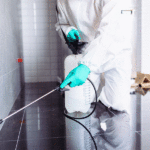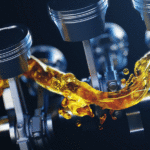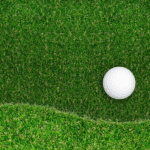
Professional Pest Management Markets for Pesticides: Market Analysis and Opportunities
A comprehensive analysis examining the professional pest management market in select countries, this report provides details in the important pest management market segments in each country. It will focus on key trends, developments, changes, challenges, and business opportunities.








